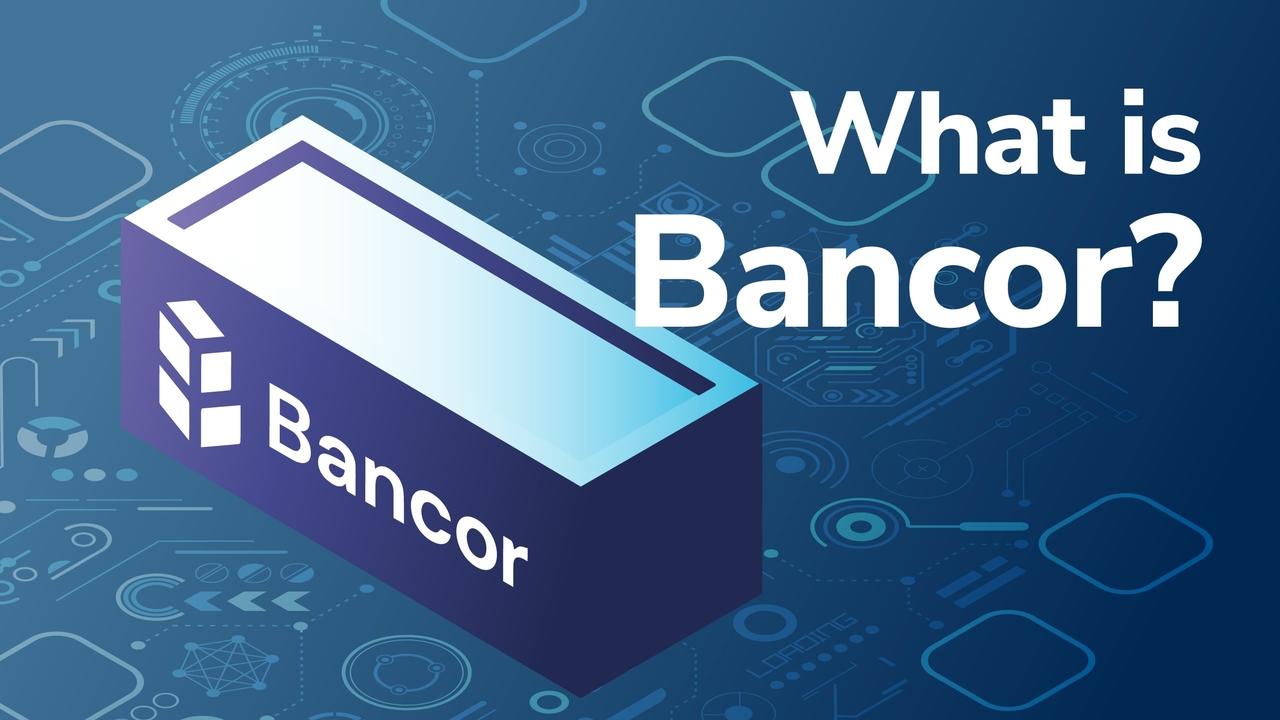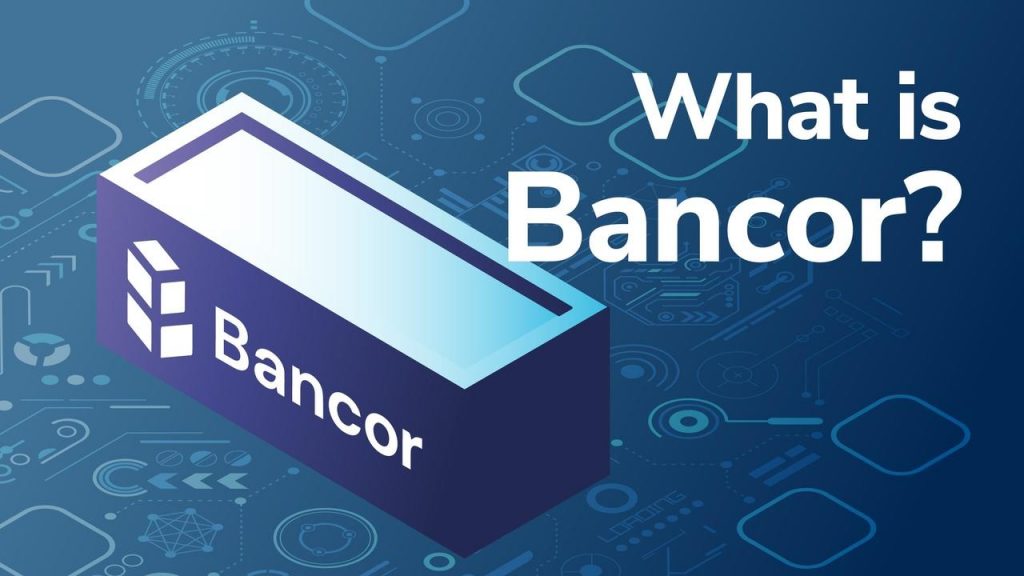
The Bancor Network is one of the longest-standing cryptocurrency projects, and among the first to pioneer decentralized financial applications (dApps) and token swaps. Despite a heavily-publicized attack and various legal hurdles throughout its infancy, the Bancor Protocol is emerging as a stand-out platform. Bancor shows great potential, thanks to recent upgrades and services to the network and the higher utility of the BNT token.
In this article, we’re going to dive into how the Bancor Protocol operates, what the Bancor Network consists of, the roles of the BNT token, and what’s in store for the future of the Bancor v2.1 upgrade. It was only in July this year that Bancor v2 was released, and the voting took place a few months later between October 15th and 18th for the next protocol upgrade. Read on to learn all about Bancor!
Bancor shot back into public consciousness earlier this week, and its DeFi Pulse listing surged. If you want some help in keeping track of the DeFi sector and the blockchain industry in general, Ivan on Tech Academy can be your guide. The Academy offers a wealth of blockchain courses, and has several DeFi courses. What’s more, the Ivan on Tech Academy blog has daily updates with in-depth articles, many of which relate to developments in the blockchain field.
Automated Market Maker
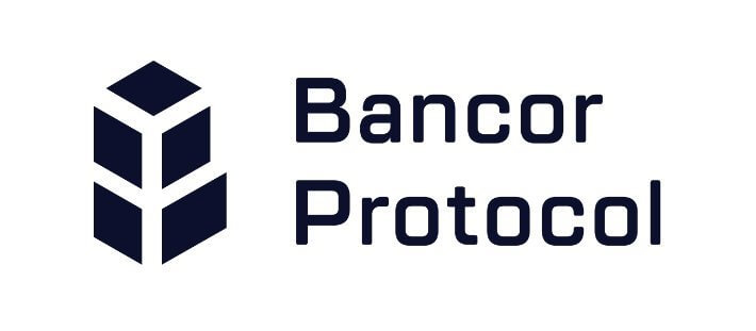
Bancor introduced the first Automated Market Maker (AMM) on the Ethereum blockchain back in 2017. As such, the Bancor platform has served as a major catalyst for the ever-evolving ecosystem of decentralized finance platforms, exchanges, and Automated Market Makers. However, this has brought to light several weaknesses in the initial model which affect liquidity providers and traders alike:
- Impermanent Loss
- Slippage
- Involuntary Token Exposure
The latest Bancor v2.1 update is focused on addressing these areas, which we’ll discuss later in this article.
What Is The Bancor Network?
The Bancor Network is part of the Bancor Foundation, based in Zug, Switzerland, established in 2016. Backed by a multi-national team experienced in scaling blockchain and fintech startups, the company is renowned for having one of the most successful ICOs to date, with a record-breaking $153 million raised in under 3 hours.
The Bancor Network is one of the pioneering DEXs in the crypto space, allowing traders to swap almost 10,000 ERC-20 and EOS token pairs with ease.
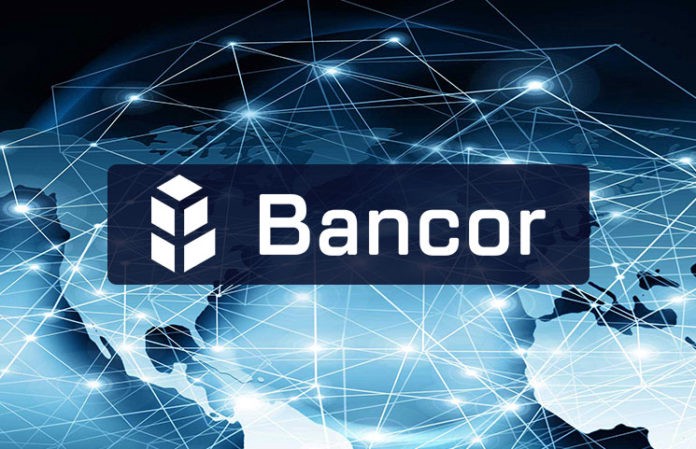
As a fully-decentralized platform, the Bancor Network allows users to make near-instant trades without the need for any counterparty, as well as utilize the Automated Market Maker. The native ERC-20 BNT token powers the Bancor Network and has a great deal of utility.
Since its inception, the Bancor Network has processed a total of over $1.5 billion in token swaps. Over 100 liquidity providers serve as nodes for the Bancor Network, helping to secure the network and provide over $13 million in liquidity by staking BNT tokens.
The Bancor Network has shown incredible growth in recent months, beginning the year with just less than $4 million in liquidity, rising to over $17 million by summer this year.
The Bancor Team
The Bancor Foundation was co-founded by brother and sister Guy and Galia Benartzi, with Yudy Levi as CTO. Each have worked together on a previous start-up, and are still active within the space today. Levi has extensive experience in seniority developer roles, including the role as Chief Architect at Mytopia, Inc, a successful social and mobile games studio also founded by Guy Benartzi.

Another team member with senior experience at Mytopia is Galia, who is focused on the business development side of Bancor with over a decade’s experience creating successful software start-ups. Guy, however, is focused more on the Bancor Foundation Council at this time.
Supporting the team as advisors are some of the most experienced professionals in the field, including renowned VC investor Tim Draper and Chairman of the Board of the Bitcoin Foundation, Brock Pierce. On the Foundation Council is Dr. Bernard Lietaer as Chief Monetary Architect. Dr. Lietaer is sometimes referred to as the “Architect of the Euro”, as he is the designer of the concept of the European currency. Not often known is his original design, for a supra-national currency that would compliment all the national local fiat currencies, as opposed to replacing them. He has authored several books of his experience with a career spanning over four decades.
How Does Bancor Protocol Work?
Bancor Protocol is an open-source and permissionless blockchain protocol that can convert tokens instantly and directly, as opposed to going through an exchange with the use of programmable escrows known as atomic swaps. Atomic swaps minimize the need for third-party intermediaries with the use of Hash Timelock Contracts (HTLC). These time-bound smart contracts between parties generate a cryptographic hash function that both parties can verify.
For an atomic swap to take place, the receipt of funds must be acknowledged by each party within a set timeframe. If either party fails to verify the transaction within the given timeframe, the transaction is voided, and no funds are exchanged in order to prevent counterparty risk.
Atomic swaps are particularly useful if an exchange does not list the trading pair you wish to execute a trade with, reducing time and fees.
BNT Token
The BNT token has several roles and functions; helping secure the network, incentivize users, and giving rights to become a member of the BancorDAO where the BNT token is also used for governance, with holders having voting rights on protocol upgrades and improvements.
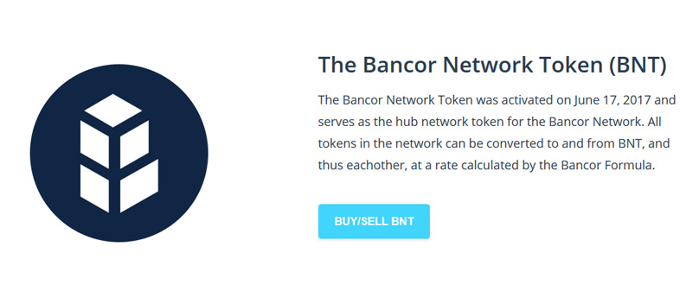
Following a community vote in 2019, Bancor announced BNT Staking Rewards for users providing liquidity in April this year. Staking rewards are used to incentivize liquidity provider’s through inflation of the BNT token. Users who participate in the Bancor Protocol and provide liquidity will be eligible for rewards of freshly minted BNT tokens. This is dependent upon which pool you’re providing liquidity for and how much. The entire process is driven by the community, with votes being carried out throughout the year for the uses and tokenomics of Bancor’s new token vBNT, with the launch of Bancor v2.
vBNT token holds the same governance rights and staking rewards as the previous BNT token, however, vBNT tokens can only be generated by staking in ‘protected pools’. Protected pools are whitelisted pools by Bancor, with around 60 to choose from including the most popular cryptos such as BAT, DAI, LRC, LINK, USDC, with many more to be confirmed. Users of the Bancor Protocol can vote on which pools to be whitelisted.
In addition to governance and staking rewards, the BNT token is used as the “intermediary token” between liquidity pools to allow for a smooth network connection between blockchains in transactions. For example, if you’re wanting to swap your DAI for BAT, the path would be DAI to BNT to BAT - however, this is neither known nor seen by the front-end user.
Cross-Chain Token Swaps
The Bancor Protocol offers a seamless user experience for fast token swaps by use of the built-in Bancor wallet, which interacts with smart contracts while allowing users to retain control of funds and private keys.
The Bancor Network became the first platform to offer cross-chain conversions without users needing to let go of their private keys, as in centralized exchanges such as Coinbase. Beginning initially with EOS and Ethereum integrations, the Bancor Network aims to bring multi-chain liquidity across many different blockchains across the ecosystem.
One of the most notable qualities of the Bancor Network is the number of token pairs available, with over 8,700 pairs accessible to trade instantly directly from the Bancor Wallet. This figure dwarfs the 586 trading pairs available on the leading centralized exchange, Binance.

Bancor utilizes a formulaic price calculation method known as token “connectors”, enabling a wide spectrum of tokens to be connected without the two parties of the transaction needing to be matched directly. These connectors are creating a standard for programmable smart contract tokens for use in the DeFi ecosystem.
Are you confused about what token swaps are, crypto wallets, or smart contracts? If so, enroll in Ivan on Tech Academy and join over 30,000 existing students! Best of all, you can get up to 20% off when joining if you use the promo code BLOG20!
Bancor Protocol v2.1
Liquidity rug-pulls have become an increasingly frustrating experience in recent months for Automatic Money Makers. Many AMMs require liquidity providers to forgo long positions to take on exposure to other less-desirable assets in a liquidity pool.
The latest update to the Bancor Protocol will directly address the issue of impermanent loss, which is still largely unaddressed by any Automated Market Maker protocol, by implementing liquidity protection. Liquidity protection is accrued by liquidity providers and acts as impermanent-loss insurance that improves over time.

Unlike other AMM platforms, Bancor uses the native BNT token as a counterpart asset for each pool. The Bancor Protocol co-invests in pools alongside liquidity providers to cover the cost of impermanent loss using an elastic supply of BNT tokens accrued by fees earned by these co-investments.
As liquidity providers jump from pool-to-pool, the risk of impermanent loss is increasing across DeFi. The Bancor Protocol aims to encourage participation in Automated Maker Markets by reducing the risk of impermanent loss and encouraging liquidity providers to participate in creating a sustainable protocol by providing value beyond mere subsidies.
Liquidity Mining
This month, Bancor Network laid out proposals to introduce a BNT liquidity mining program with the aim of attracting new liquidity to Bancor pools and incentivize long-term liquidity provision on the Bancor Network.
The introduction of liquidity mining to the Bancor protocol could generate more fees for liquidity providers and return a higher APY. Some of the unique benefits of Bancor v2.1 include impermanent-loss and single asset exposure.
The first round of BNT liquidity mining will consist of 8 pools initially, made up of ETH, WBTC, USDT, USDC, DAI, LINK, plus mid-cap tokens OCEAN and renBTC. Bancor Protocol will begin by distributing BNT token rewards to qualifying pools on a weekly basis. New token additions will then be added every two weeks, with BNT token rewards distributed for 12 consecutive weeks once the pool is active.
Liquidity mining rewards are distributed so that 70% of the rewards will go to the BNT token side of the pools, with 30% going to the ERC-20 token pair side. This is likely going to increase demand for the BNT token as competition heats up in the DeFi liquidity mining market. What’s more, liquidity providers who keep staked BNT token rewards within the Bancor Protocol can receive a bonus reward that increases by up to 2x per week.

Any user providing liquidity to one of the proposed Bancor Protocol pools from November 16th, 2020 will be entitled to retroactive BNT token rewards similar to the recent Uniswap airdrop for liquidity providers.
Automatic Liquidity
One of the most special aspects of the Bancor Protocol and the BNT token is the ability to provide automated decentralized liquidity to any token. Liquidity is often not an issue for major crypto assets such as Ethereum or Bitcoin, but for small-cap coins, liquidity can be a serious issue.
The Bancor Protocol can provide stable liquidity to any token, regardless of its market cap or previous liquidity measures. This is an incredible tool for assisting in building decentralized applications.

Automatic liquidity provided by smart contracts uses an automated balancing system to ensure that impermanent loss is minimized as the price paid per token increases when the size of the order grows, and decreases as the liquidity pool increases in size. This could be a catalyst for a new wave of user-centric DeFi protocols and Automated Market Makers that can help to circumnavigate the shortcomings in many current protocols.
Bancor Network Conclusion
There are now so many cryptocurrency exchanges available, it’s often difficult to see the need or the benefit of other, lesser-known exchanges. That being said, Bancor has been in the game for a long time and having overcome various obstacles along the way, the Bancor Protocol is coming out on top. The innovative platform is reshaping the Automated Market Maker economy by providing liquidity for a huge range of tokens and removing intermediaries from token swaps.
Bancor’s v2 has proven effective in mitigating impermanent loss, in part thanks to the use of external oracles. Though the infrastructure is built to accommodate these external oracles, there is always a risk that these oracles could fail.
That being said, at the time of writing, the total value locked in Bancor Protocol is at an all-time high of $65.081 million. This parabolic move that suggests good things are around the corner for Bancor users and BNT token holders. The opportunity for earning fees on Bancor is likely to outweigh any liquidity protection costs and provide a wholesome alternative to contemporary DeFi protocols. Bancor offers safer and more sustainable, long-term liquidity provision for liquidity providers and a more equitable environment for decentralized finance.
As always, feel free to check out Ivan on Tech Academy if you want a world-class blockchain education. The Academy is always open, and offers cutting-edge content and courses on all things crypto-related!
